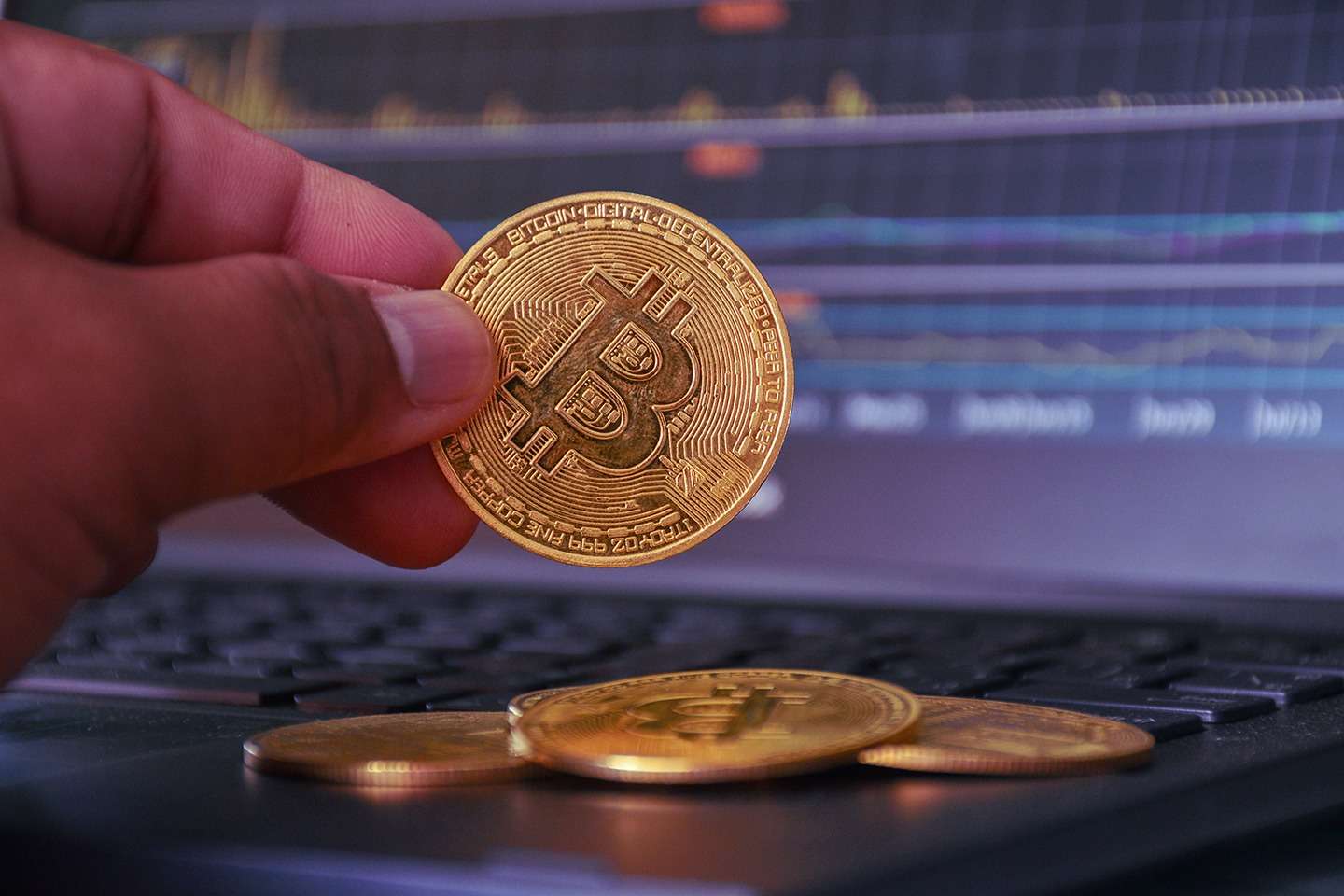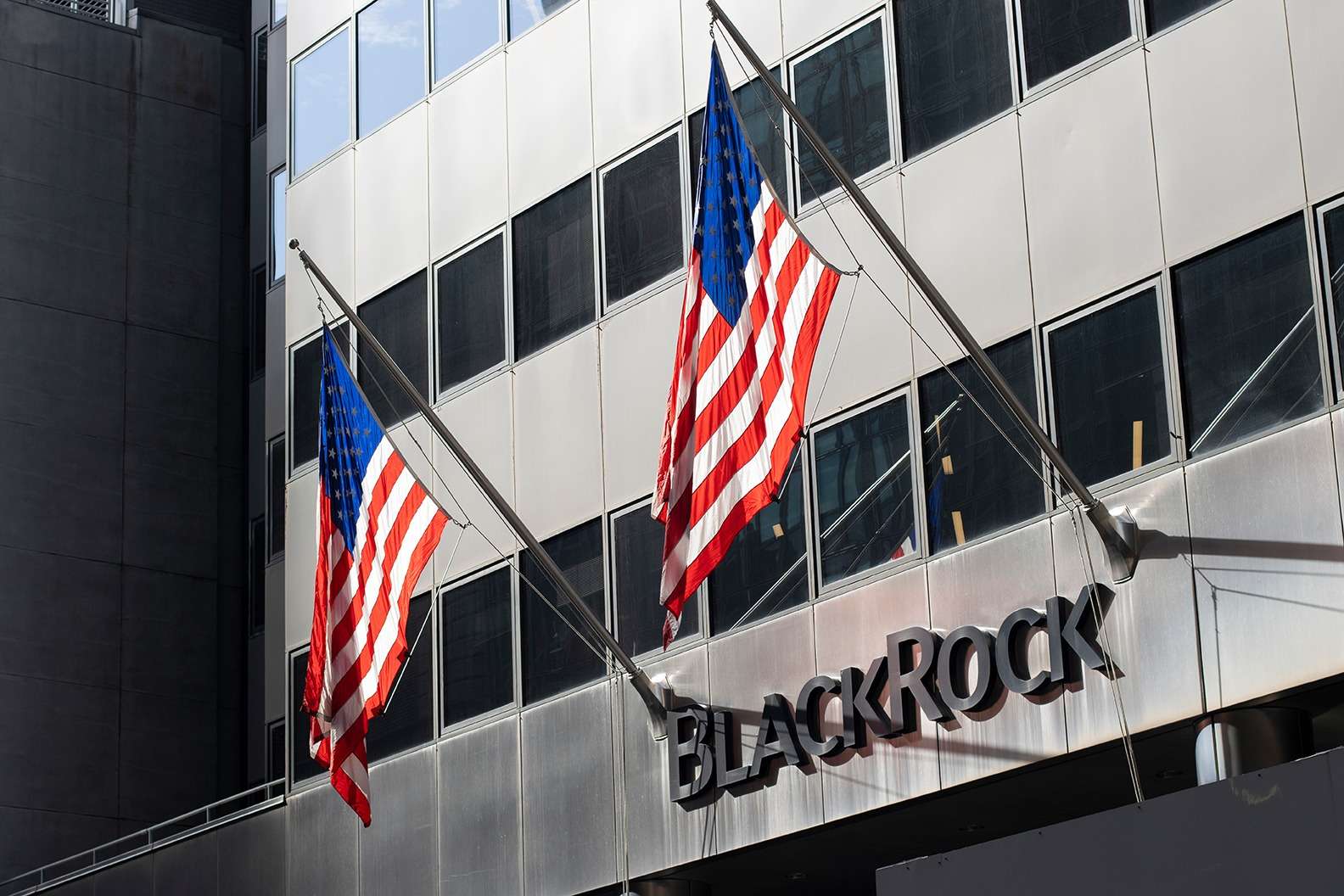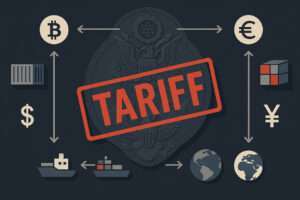When it comes to international money transfers, XRP is quickly taking centre stage. This comes at a time when there are intermittent discussions about XRP replacing or complementing traditional systems like SWIFT to gain traction; suffice it to say it’s important to note the implications for both the technology and its holders.
SWIFT to Ripple’s On-Demand Liquidity
To be safe, you have to be wary of the dynamics of money in today’s world. For instance, a person from the USA wants to transfer some money to the UK. To arrive at the dollar value, you need to divide this figure by the exchange rate that changes the pound to the dollar.
How? The swift system uses Nostro/Vostro accounts which have of trillions of money in different currencies, and hence easier currency conversions during cross-border payments.
In this case, it is possible to exchange dollars and receive GBP. It is where XRP comes in. You would send money from one country to another in just a few seconds. The more banks begin switching from SWIFT to ripples ODL, the more user adoption and the price of XRP will increase.
It does take its time, as Ripple is in the process of developing processes that took ages to establish. The price of XRP will be higher once trillions begin circulating in Ripples ODL.
The Dual Nature of XRP
- Bridging Currency: XRP can serve as a bridge between different fiat currencies, facilitating quick and cost-effective cross-border transactions.
- Store of Value: Like other Cryptocurrencies, XRP is a digital asset, which will/may lead to its value rising over time.
Who Would Buy XRP?
If XRP were to replace or complement SWIFT, definitely several parties would be interested in acquiring XRP:
- Financial Institutions: Banks and payment providers need XRP to facilitate international transfers.
- Businesses: Companies that trade on a global trade might hold XRP to streamline their international payments.
- Speculators and Investors: As with any asset, individuals and institutions will likely be interested in XRP for its potential price appreciation.
- Retail Users: Individuals might use XRP for remittances or international purchases.
The Risks of XRP Replacing Swift
While XRP has potential, it’s essential to consider the risks:
- Regulatory Uncertainty: The Cryptocurrency regulatory framework is still evolving, which could impact XRP’s adoption and value.
- Competition: Other Blockchain solutions and CBDCs (Central Bank Digital Currencies) could pose competition.
- Adoption Challenges: Widespread adoption by financial institutions and businesses is vital for XRP’s success in replacing systems like SWIFT.
The notion that XRP could become worthless if it replaces SWIFT is misleading. In fact, such a situation could actually create more interest in XRP since it would enable more cross-border transactions. But like any investment, one cannot afford to be in the dark about the nature of the technology, how it works, the likelihood of its take up and possible pitfalls.
Image Source: Adobe Stock
Disclaimer: This article is provided for informational purposes only. It is not offered or intended to be used for legal, tax, investment, or financial advice.












